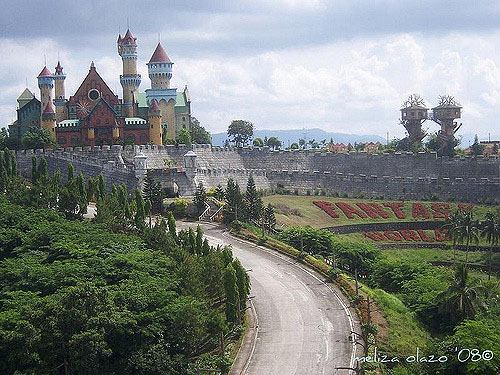I have been absent from the blog for a while, though it hasn’t been far from my mind. I’ve needed to set aside some time and determine a focus for my energy with the blog.
To that end I’m introducing a worldbuilding process. I plan to build a world from start to finish, with more detail than you or I need.
In each section I’ll describe the process and show you my notes as an example. I’ll stop wasting time on the introduction and jump into the first worldbuilding step.
Why Are You Worldbuilding?
Play tabletop RPGs long enough you end up behind the screen running the show. If you do that long enough you’ll take an interest in world building. But how do you start the process? Worldbuilding can be a real rabbit hole. Take the dive and you may not come back without structure and clear goals.
To start worldbuilding you first have to ask yourself a question. Why? What is the purpose for your worldbuilding? You need to take these key points into consideration when determining your answer.
1. What is the length and levels of the campaign you’re planning?
Length means the number of sessions you’d guesstimate it will take to finish the campaign. Are you planning a one-shot or a large campaign featuring many storylines? If you’re stuck consider the XP-less leveling option from the DMG, pg 261. That averages a level every 2-3, 4 hour sessions.
Levels, means the character levels. What are the starting and ending levels you’re considering? It helps to break your campaign idea down into the D&D tiers of play. If the village problem turns out to be something larger in scale you’ll want to focus around levels 2-7. That pretty well reflects a local problem and a regional problem.
Your campaign could be anything from a one shot with level one characters to a 1-20 level, multi-year epic. You can imagine how the former requires far less worldbuilding than the latter.
2. What are the important locations for the campaign?
Your campaign could stay in the same location for its entirety. It could feature around a single dungeon or city. Your campaign could span cities, continents, even planes of existence. Fewer locations allow your to use more detail for those locations. In a single location campaign the PCs may interact with half the market vendors in a meaningful way. They learn the vendors’ names and backgrounds.
3. What type of adventure(s) are you planning?
A straight forward, hack and slash dungeon delve doesn’t need much worldbuilding. You point the players at the dungeon and they get to slaying. If you’re planning adventures that need more investigation and socializing, you’ll need worldbuilding.
Use these three questions to begin and you’ll have a strong start on how to use your time and energy. And don’t forget this section’s golden rule.
Golden Rule: Only Prep What You Need
I answered the questions for my own worldbuilding.
- 21-28 Sessions (1/2 year of weekly games), Levels 1-8
- Local, Regional Tier, so one developed region with settlements and a capital
- I like to run a mixture of adventure types so even non-combat characters are viable. The PCs will be spending time in cities and afield in the wilderness.


Good to see the blog back! Very useful points to consider, as I always end up way over planning and under using on a macro scale, while missing the finer points that actually come in handy during play. Thinking ahead to what you actually need is so important.
Pingback: No Water We Only Drink Beer | Red Ragged Fiend